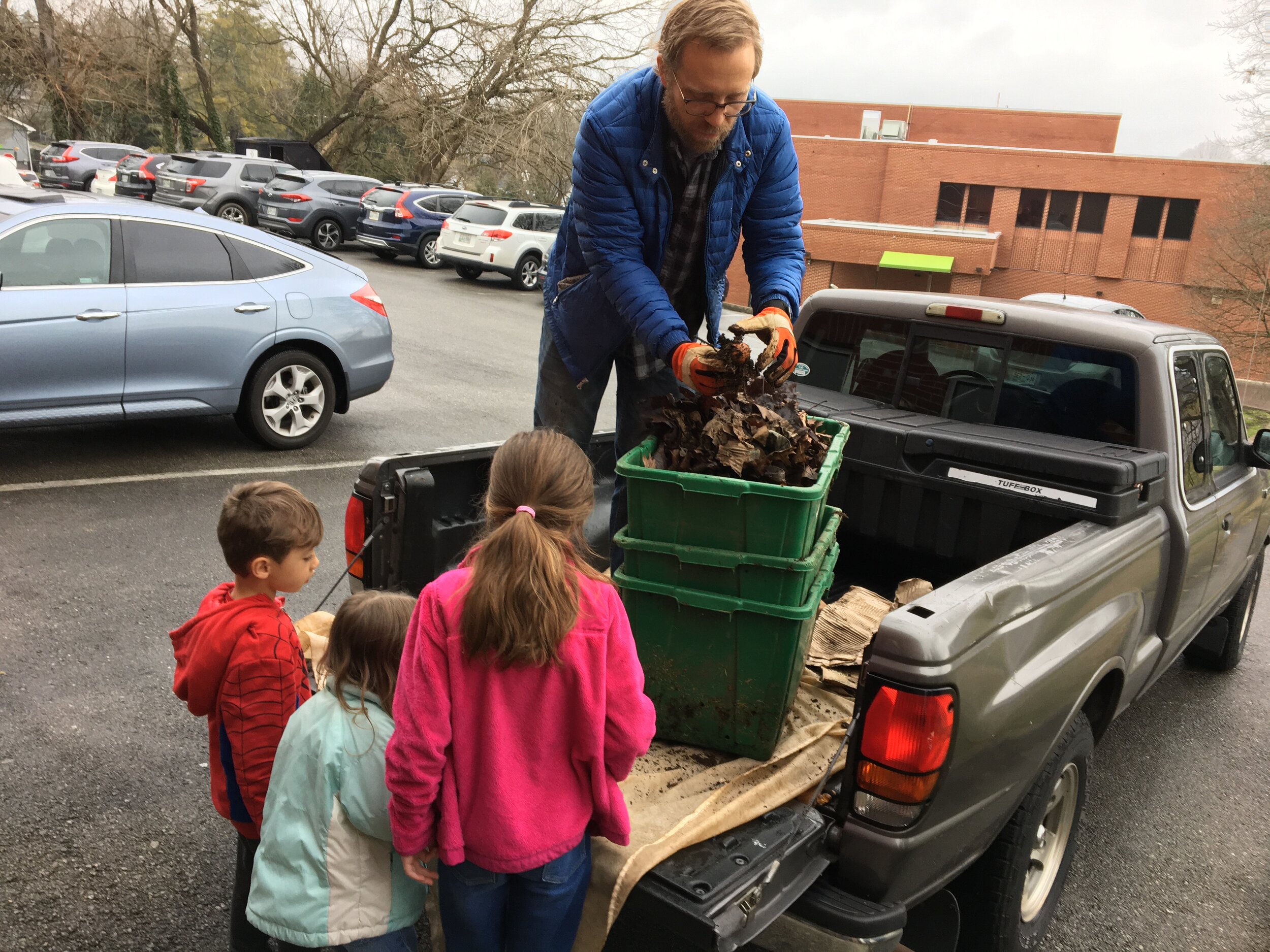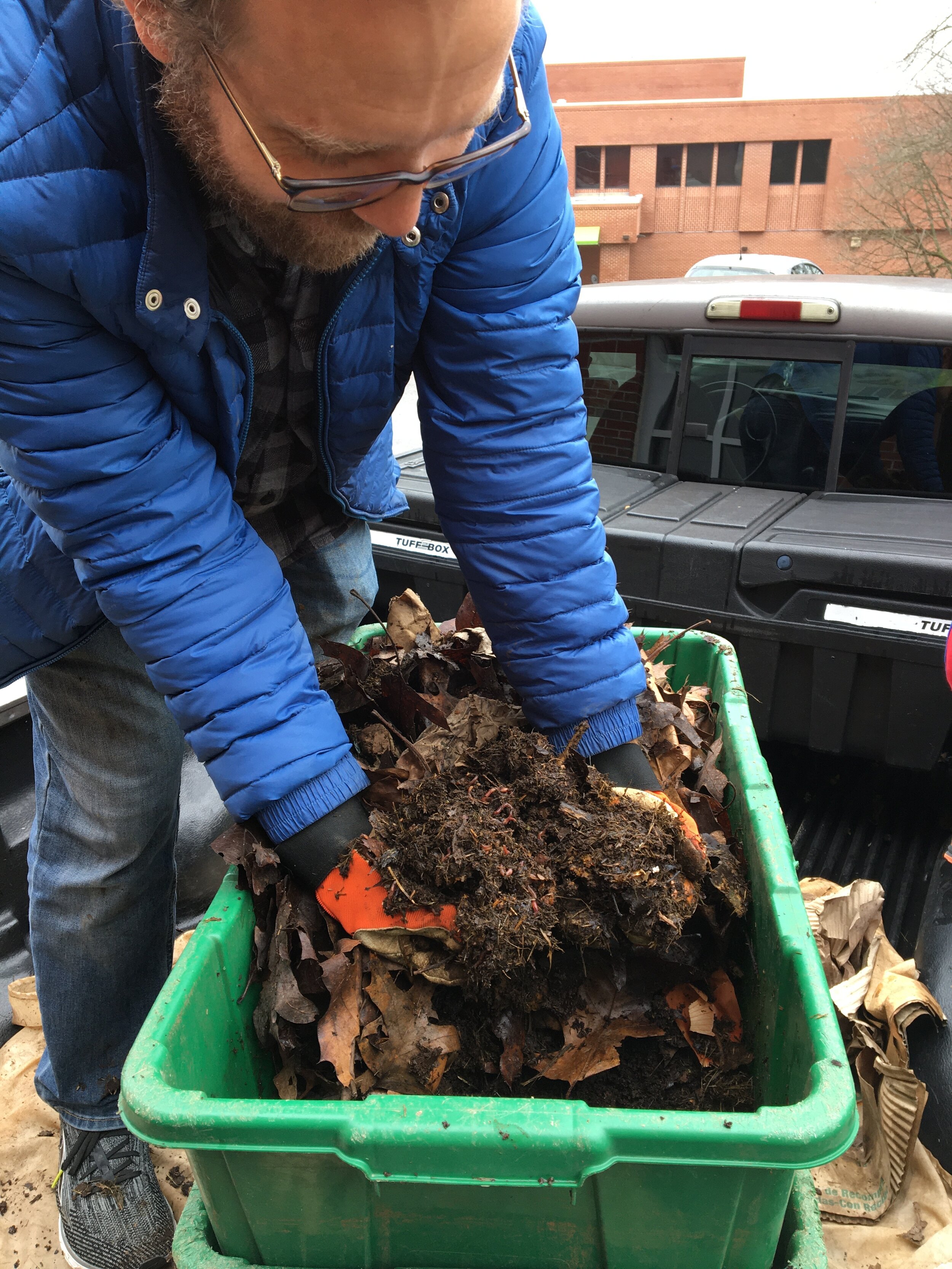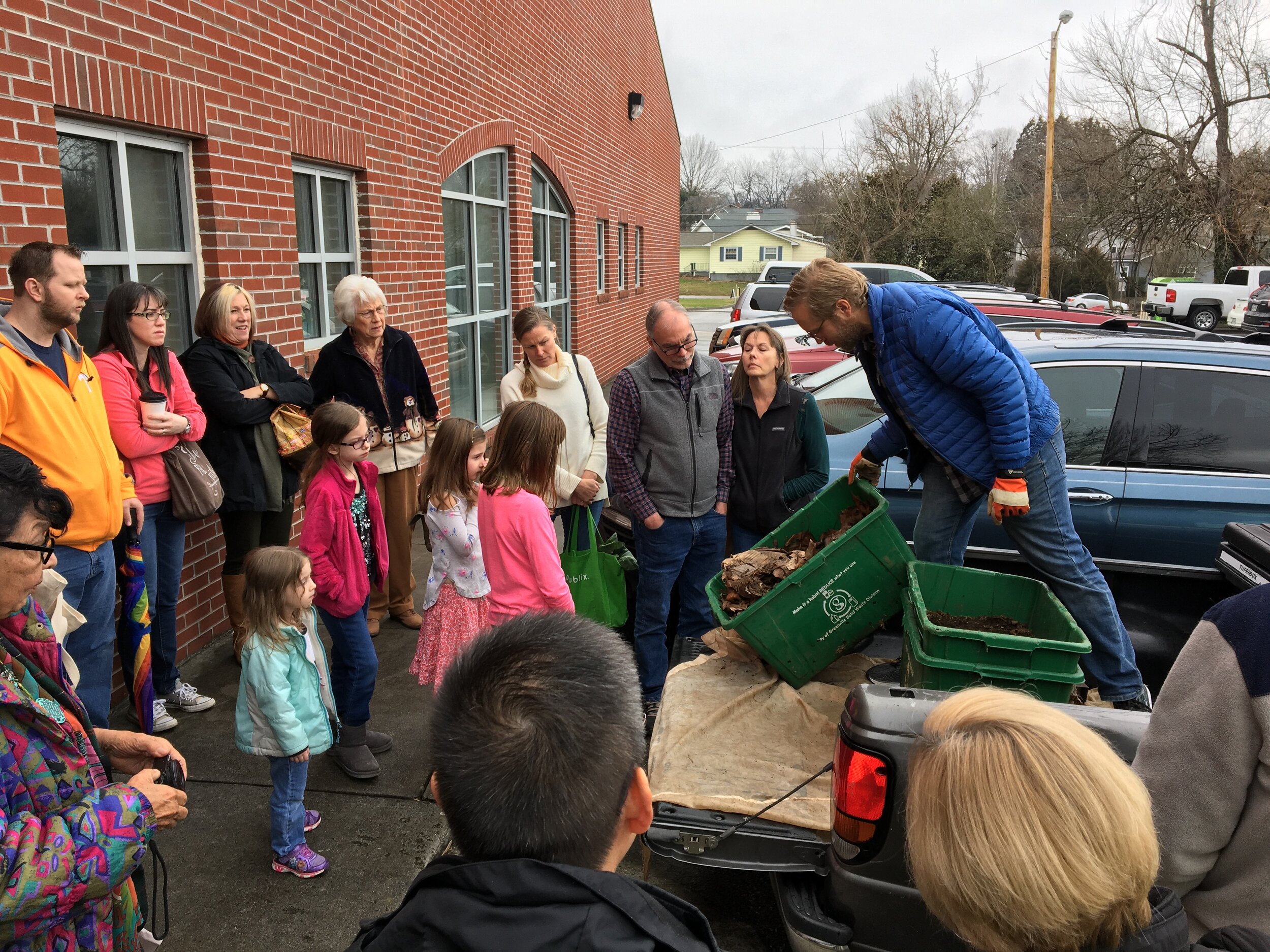Making Simple Worm Bins Info
Making Simple Worm Bins
By Jason Schmidt
I am not a worm composting expert. Facts here may be incorrect or partially incorrect. Please ask me questions or search for answers elsewhere.
“Composting with Worms” from Mother Earth News
https://www.motherearthnews.com/homesteading-and-livestock/composting-with-worms-zbcz1903
A reliable “red wiggler” retailer: Uncle Jim’s Worm Farm https://unclejimswormfarm.com/
Composting turns food waste into nutrient-rich living soil for plants.
Our rejects, become something of value.
Composting with worms is relatively fast, less labor intensive than other methods of composting.
This information pertains to composting with Eisenia Fetida also known as “Red Wigglers”. Other species may have other needs. Some species are not suited for worm bin composting.
Worms need shelter, oxygen, moisture, food, and grit.
Shelter: bins made of plastic or wood work well. Many formats and ideas could work.
Oxygen: Air holes in containers, aeration of their “food”.
Moisture: Worms will move to find a moisture balance. Too dry, they will leave to find moisture
Too wet, they will move to breathe.
Food: Avoid meat, fat, dairy, fish. They do not seem to eat citrus fruits. They eat vegetables, leaves, paper, cardboard, grass clippings, coffee grounds, banana peels, tea. They need a diversity of foods. That is, too much paper is not nutritious for them. But too much pumpkin could cause harm, too.
Grit: Worms will use egg shells or grains of sand to grind food apart inside their crop. Without grit, they will not be able to break down larger bits.
Avoid climate extremes: Worms should not get too hot or too cold, too wet or too dry. My worm bin allows them to retreat underground a little bit for temperature extremes. It has drainage for rain events. I use materials that will hold moisture without drying out completely. You can help avoid climate extremes by choosing a location that does not get too extreme and by creative bin design.
Worm composting is not “hot” composting. If the compost heats up, try adding more carbon-rich, lower nitrogen material like shredded paper or cardboard. Dead leaves might help. But fresh leaves or fresh grass clippings will make the compost heat up worse. Aeration and additional moisture can help cool the pile down. But your worms will leave if the pile gets too hot for them.
Harvesting for outdoor applications: Harvest the moist dark black matter from the bottom of your bin by pulling back the uneaten material at the top of the bin. This black matter is decomposed organic material and worm castings (worm manure). Worms may leave behind eggs and baby worms along with the castings. That’s good for your outdoor plants, but it might be annoying for indoor plants.
Make sure you leave worms behind in your bin. Worms will naturally move into their uneaten food. So you can harvest the finished black stuff without devastating your worm population. Just make sure not to harvest all of your worms. Look through the bin for evidence that you still have worms to carry on future composting.
Harvesting for indoor applications: Worm “tea” may be a good option for feeding indoor plants to avoid worms hatching and moving around your house. I am not a worm tea expert. I just swirl some water around in my castings, allow the particles to settle, and carefully decant the dark water onto my houseplants.
Pests: flies, ants, cockroaches, raccoons
Fruit flies are inevitable in warm weather. Try keeping them at bay by varying the worm foods. Avoid too much of any one food type. Mix food well.
House flies/blow flies like odors such as those caused by anaerobic respiration. A good mix of food with more paper and leaves will reduce anaerobic conditions. Make sure to avoid foods that tend to stink when rotten (fish, meat, dairy). Keep food well mixed. Do not let things get too wet. Ventilation is key to avoiding anaerobic conditions.
Ants don’t like moisture. More than likely they have found a dry spot in the bin where they can harbor their eggs. A good soaking will cause them to move away.
Roaches are inevitable outside. Probably a mix of foods will keep them at a minimum. Maybe someone can share some secrets.
Watch out if you use pesticides. What is poisonous for the insects may be poisonous for the worms and the microbiological life they depend on for survival.
Outdoor animals: Cut things smaller and mix well. A raccoon will find other places to go if the food is a lot of work for them. Try to avoid strong odors. You might try using a heavier-duty lid or roof. Don’t forget that your worms need to breathe, so make sure any roof you have will ventilate the pile.
Observe and check on you worms occasionally. In the cold seasons, I might check them once per month. In warmer months, I harvest more frequently, so I keep an eye on them.
Red Wigglers are surprisingly resilient creatures. They can survive neglect.
Feel free to send questions to me. Email is best: jasonrschmidt@gmail.com




